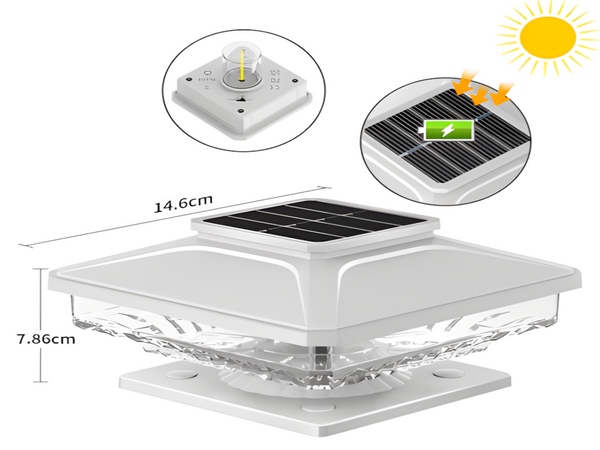
Solar energy, as a new power source, aligns with today’s demand for environmentally friendly living. The popularity of solar street lights also meets the lighting needs of roads. However, since solar street lights contain electrical circuits, it is crucial to ensure waterproofing during use. If the circuitry of a solar street light gets wet, it could lead to short circuits, resulting in issues such as electric leakage or failure to light up. So, how can solar street lights be waterproofed? Here is a summary from the Century Sunshine Lighting editorial team:
Waterproofing for solar street lights is generally approached from several angles:
1. Lamp head
2. Controller
3. Battery
Let’s discuss how to waterproof solar street lights concerning these three components:
1. Waterproofing the lamp head
The sealing of the lamp head is essential for solar street lights. Proper waterproofing of the lamp head can ensure the longevity of the street light. Therefore, the choice of the outer casing is very important.

2. Waterproofing the controller
It is essential to pay attention to whether the model of the solar street light controller has waterproof capabilities. The controller is generally installed within the pole to better avoid exposure to wind and sunlight.

3. Waterproofing the battery
Solar street light batteries must possess a certain level of waterproof capability. The installation involves burying the battery underground, approximately 40 centimeters deep, to prevent flooding.
That concludes our discussion on how to waterproof solar street lights. Lastly, it is necessary to check the solar street light head to see if it lights up properly. If it does, it can be used normally; if not, it needs to be replaced. The poles must undergo hot-dip galvanization to ensure a smooth surface, no color variance, no pinholes, and that they will not experience peeling after use.



